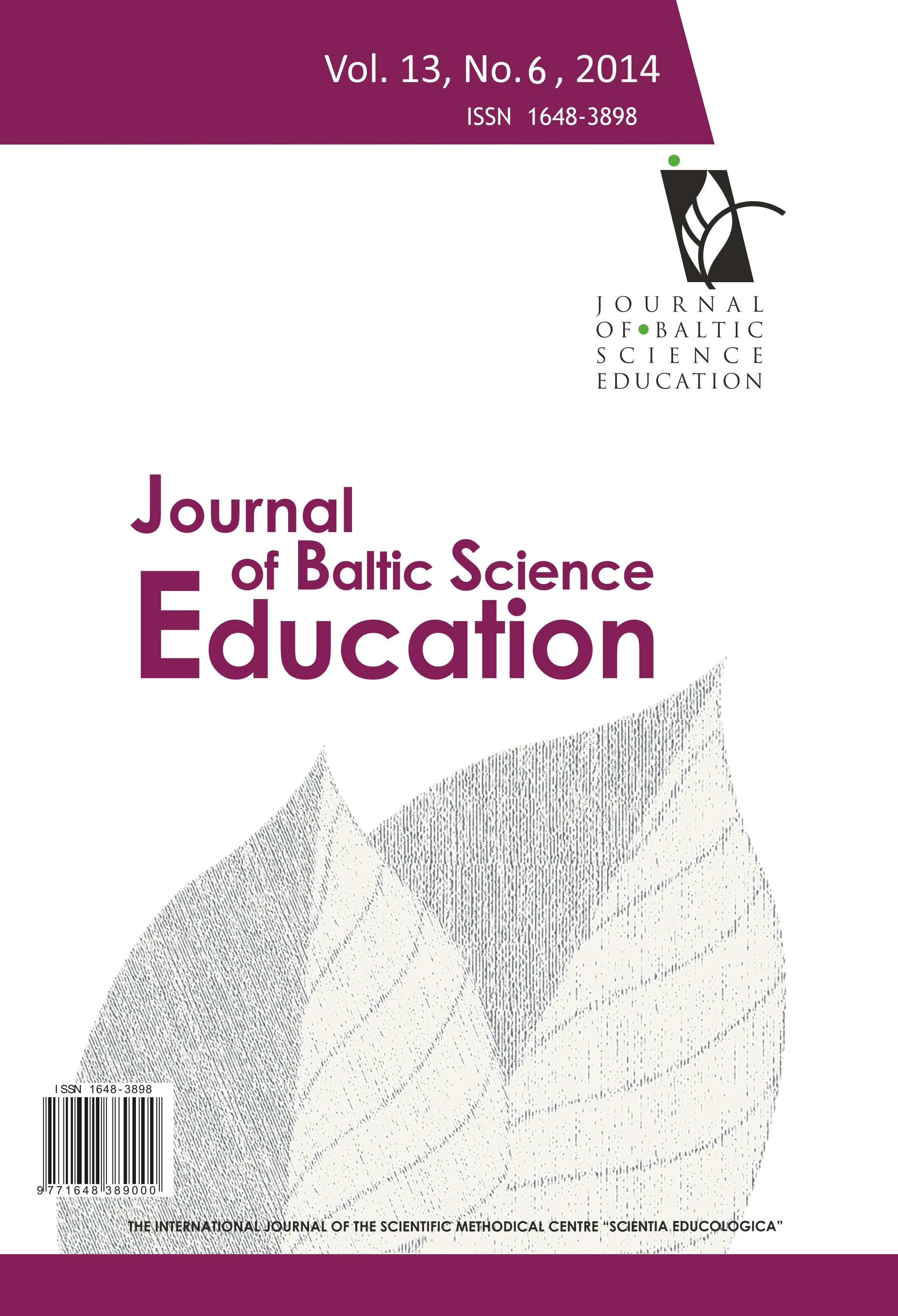PEER INSTRUCTION IN THE PHYSICS CLASSROOM: EFFECTS ON GENDER DIFFERENCE PERFORMANCE, CONCEPTUAL LEARNING, AND PROBLEM SOLVING
PEER INSTRUCTION IN THE PHYSICS CLASSROOM: EFFECTS ON GENDER DIFFERENCE PERFORMANCE, CONCEPTUAL LEARNING, AND PROBLEM SOLVING
Author(s): Tolga GokSubject(s): Education, School education
Published by: Scientia Socialis, UAB
Keywords: conceptual learning; gender gap; peer instruction; physics education; problem solving;
Summary/Abstract: The purpose of this study was to examine the effects of peer instruction (PI) on performance, gender gap, conceptual learning and problem solving in physics. The students enrolled in two sections of a physics course were selected; one section was treatment group (TG) and the other section was control group (CG). 42 students in TG were instructed with PI whereas 56 students in CG were instructed with conventional instruction. Data were collected using Force Concept Inventory, final examination problems, and students’ opinions about the instruction. The results indicated that PI had more positive effect on students’ conceptual learning and problem solving than conventional instruction. The conceptual learning with PI did not show any statistically significant difference between female and male students in TG. However, the quantitative problem solving performance after PI revealed that male students performed better than female students. The female and male students’ conceptual learning and problem solving performance did not change noticeably in CG. The students in TG also changed their perspective on solving a problem and understanding a concept. They found the method helpful to connect the quantitative solution with related concepts.
Journal: Journal of Baltic Science Education
- Issue Year: 13/2014
- Issue No: 6
- Page Range: 776-788
- Page Count: 13
- Language: English

